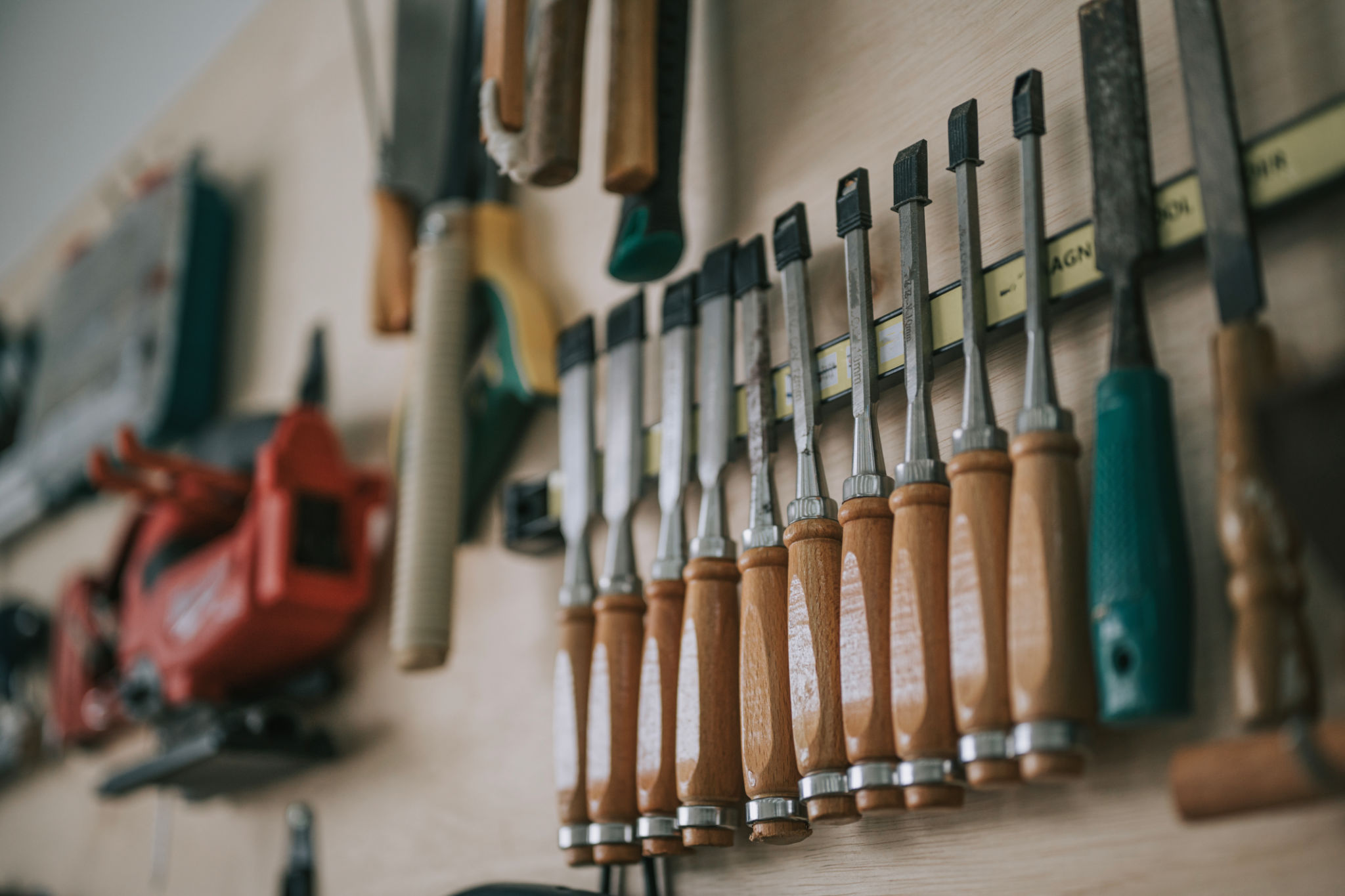Busting Common Myths About Joinery and Carpentry
Understanding Joinery and Carpentry
Joinery and carpentry are two fundamental aspects of woodworking that are often misunderstood. Many people assume they are the same, but they have distinct roles in the construction and woodworking industry. Joiners and carpenters both work with wood, but their focus and skills differ significantly.
Joiners are skilled craftsmen who create the wooden components of a structure, such as doors, windows, and staircases, primarily in a workshop setting. Carpenters, on the other hand, are typically involved in the installation and assembling of these components at the construction site. Understanding these differences is crucial for anyone looking to hire or work in these trades.

Myth 1: Joinery and Carpentry Are the Same Thing
One of the most common misconceptions is that joinery and carpentry are interchangeable terms. While both fields involve working with wood, they are distinct crafts with different training and skill sets. Joiners focus on crafting detailed woodwork items in a controlled environment, whereas carpenters handle the assembly and construction on-site.
This distinction is important when hiring for a project. If you're looking for someone to build custom cabinets or intricate woodwork, a joiner is your go-to expert. If you need someone to install these components into your home, you should look for a carpenter.

Myth 2: Joinery Is Just About Cutting Wood
Another myth is that joinery is simply about cutting wood to size. In reality, joinery involves complex techniques and craftsmanship to create strong, durable joints without using nails or screws. These techniques include dovetail joints, mortise and tenon joints, and tongue and groove joints.
Joiners need to have a keen eye for detail and a deep understanding of how different types of wood behave. This expertise ensures that the joints are both aesthetically pleasing and structurally sound, which is essential for high-quality woodworking.
Myth 3: Carpenters Don't Need Fine Skills
It's a common misconception that carpentry doesn't require precision or fine skills. However, carpenters need to have a strong attention to detail, especially when fitting complex structures or working within tight tolerances. Their ability to adapt to different environments and solve on-site challenges is critical.

Carpenters must also have a good understanding of building codes and safety regulations to ensure that their work complies with necessary standards. This combination of technical knowledge and craftsmanship makes them essential in the construction process.
Myth 4: Modern Tools Have Made Traditional Skills Obsolete
With the advent of modern tools and technology, some believe that traditional joinery and carpentry skills are no longer necessary. However, while power tools can enhance efficiency, they cannot replace the expertise and craftsmanship of a skilled tradesperson.
The knowledge and techniques passed down through generations remain invaluable. Skilled joiners and carpenters can use both traditional methods and modern tools to achieve superior results, providing a blend of classic craftsmanship with modern efficiency.

The Importance of Skilled Craftsmen
In conclusion, joinery and carpentry are essential crafts that should be valued for their unique skills and contributions. Whether it's the intricate design work of a joiner or the practical installation skills of a carpenter, both professions play a vital role in bringing architectural visions to life.
Understanding the differences between these trades helps in making informed decisions when planning any construction or renovation project. By appreciating the craftsmanship involved, we can continue to celebrate and support these vital trades.